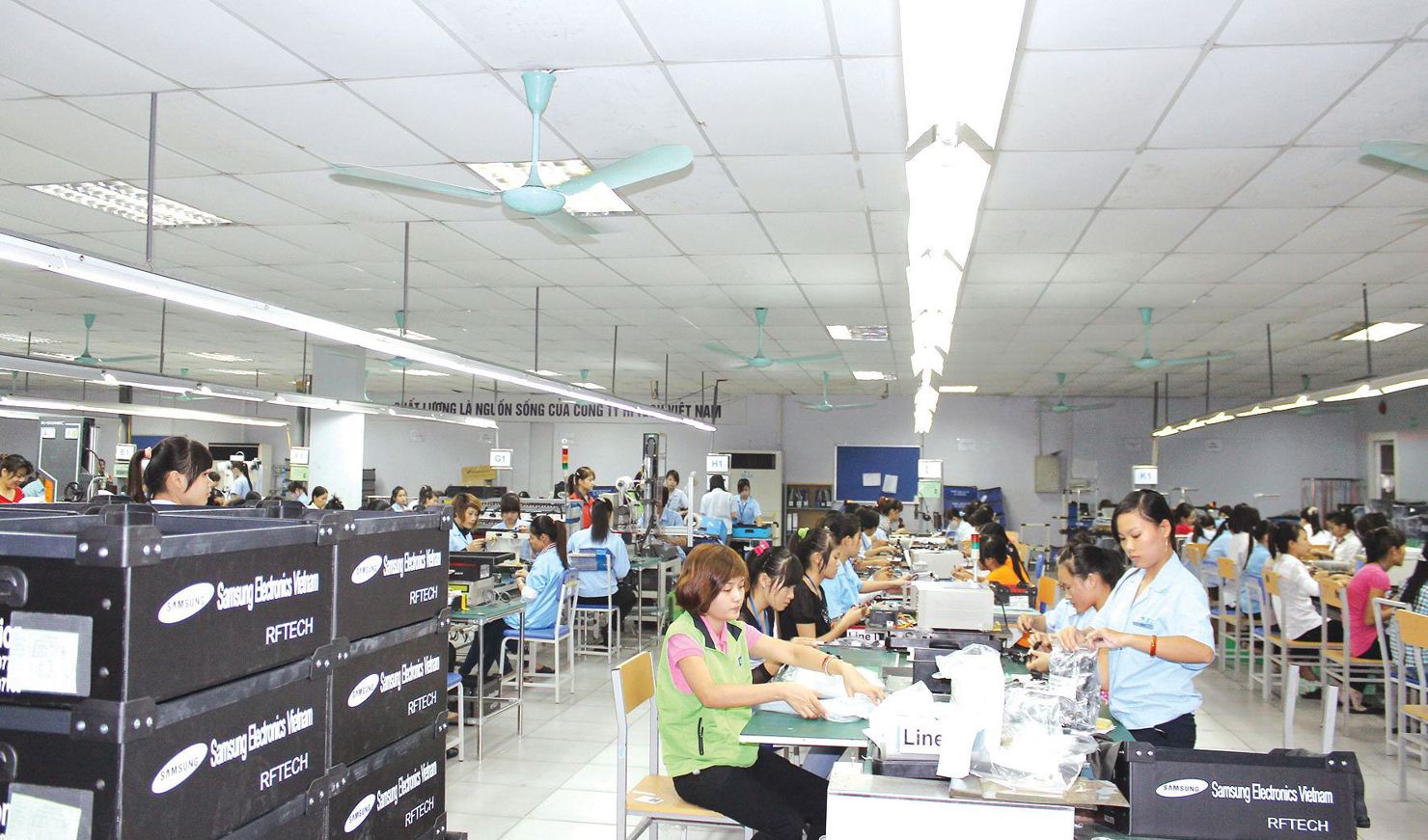Criteria to assess potential small and medium enterprises participating in the value chain in Vietnam
What are the regulations on criteria to assess potential small and medium enterprises participating in the value chain in Vietnam? – Ngoc Diem (Tien Giang)

Tools to assess potential small and medium enterprises participating in the value chain in Vietnam (Internet image)
Criteria to assess potential small and medium enterprises participating in the value chain in Vietnam
The content is mentioned in Decision 1358/QD-BKHDT in 2023 on the Toolkit to evaluate potential small and medium enterprises to join the value chain issued by the Minister of Planning and Investment.
Agencies and organizations supporting small and medium-sized enterprises assess the potential for small and medium-sized enterprises to participate in the value chain (as specified at point c, clause 2, Article 24 of Decree 80/2021/ND-CP) based on the following 11 key indicators:
1. Leadership and governance
(1) - Business philosophy of the enterprise;
(2) - Vision and mission of the enterprise;
(3) - Organizational structure of the enterprise;
(4) - Regulations on the roles, obligations, and powers of the manager;
(5) - The setting of goals for both the enterprise and each department.
2. Finance, accounting
(1) - The fulfillment of obligations to the State, the financial reporting regime;
(2) - The use of independent audit services (outsourced audit);
(3) - Ability to disassemble a detailed quotation into each cost item at the request of the buyer;
(4) - The development of a new investment plan and a clear financial plan to implement the investment.
3. Quality management system
(1) - Quality management system certifications (ISO 9001:2015, IATF 16949,...);
(2) - The establishment, measurement, and periodic review of quality objectives;
(3) - The monitoring and measurement of customer satisfaction.
4. Supplier/material control
(1) - Process of supplier control and evaluation;
(2) - The process of checking input materials or outsourcing the process to complete the product;
(3) - Isolation area for substandard supplies and supplier complaint process.
5. Process Control
(1) - The detailed work instructions for each process;
(2) - System of work instructions, packaging standards, and product standards when necessary;
(3) - The establishment of regulations/procedures to control nonconforming products;
(4) - The investigation, elimination of causes, and prevention of errors arising.
6. Production Management
(1) - The formulation and compliance with the production plan;
(2) - Delivery rate failed in the latest year;
(3) - The loss or reduction of orders due to insufficient production capacity.
7. Maintenance and management of measuring equipment
(1) - Regular maintenance of machinery;
(2) - Calibration of measuring equipment;
(3) - The re-inspection of goods when machinery and measuring equipment fail.
8. Human resource training
(1) - Regulations on training/retraining for employees;
(2) - Training roadmap to develop and retain talents;
(3) - The implementation of on-the-job training for workers when performing new jobs.
9. New product research and development capacity
(1) - New product research and development capacity;
(2) - Experience in producing samples according to customer requirements.
10. Health, Safety, and Environment
(1) - Regulations on occupational safety and health;
(2) - Safety training at the factory for all employees;
(3) - Standardized waste treatment system.
11. Technology and Digital Transformation
(1) The improvement and application of new technologies in production in the last two years and specific plans and actions for digital transformation.
More details can be found in Decision 1358/QD-BKHDT in 2023.
Duong Chau Thanh
- Key word:
- small and medium enterprises
- in Vietnam
- Number of deputy directors of departments in Vietnam in accordance with Decree 45/2025/ND-CP
- Cases ineligible for pardon in Vietnam in 2025
- Decree 50/2025 amending Decree 151/2017 on the management of public assets in Vietnam
- Circular 07/2025 amending Circular 02/2022 on the Law on Environmental Protection in Vietnam
- Adjustment to the organizational structure of the Ministry of Health of Vietnam: Certain agencies are no longer listed in the organizational structure
- Vietnam aims to welcome 22-23 million international tourists in Vietnam in 2025
-

- Study on developing tax policies to assist small ...
- 09:00, 10/10/2024
-

- Emergency response and search and rescue organizations ...
- 10:29, 11/09/2024
-

- Handling of the acceptance results of ministerial ...
- 09:30, 11/09/2024
-

- Guidance on unexploded ordnance investigation ...
- 18:30, 09/09/2024
-

- Sources of the National database on construction ...
- 16:37, 09/09/2024
-

- Notable new policies of Vietnam effective as of ...
- 16:26, 11/04/2025
-
.Medium.png)
- Notable documents of Vietnam in the previous week ...
- 16:21, 11/04/2025
-
.Medium.png)
- Notable documents of Vietnam in the previous week ...
- 16:11, 02/04/2025
-
.Medium.png)
- Notable new policies of Vietnam to be effective ...
- 16:04, 02/04/2025
-
.Medium.png)
- Notable new policies of Vietnam effective from ...
- 14:51, 21/03/2025

 Article table of contents
Article table of contents
